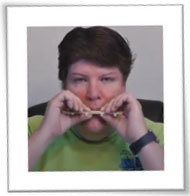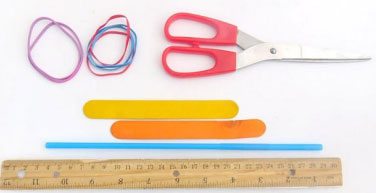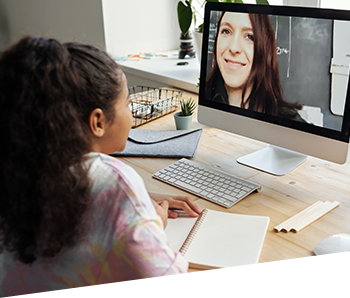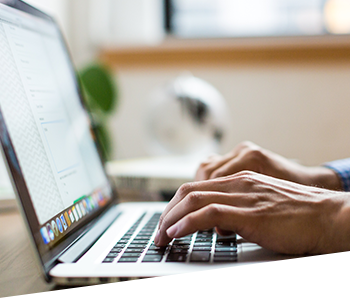
Featured Activities
STEM Activities for Your Classroom
Sound Off!
Music is a form of communication. How so? Why is music such an important part of our human experience?
Make a fun sound contraption with simple materials found around your home!
Materials
- two large craft sticks (about six inches long)
- one wide rubber band
- two small rubber bands
- one plastic drinking straw (different colored straws will help in this activity)
- ruler
- scissors
- paper for data collection
- pen or pencil
Think About It…
What sounds can you make? How do your fingers feel as you play your instrument? What happens to the sound as you move the straws back and forth? Is there a pattern to the tone of the sound?



Did you enjoy this activity? Consider these career connections:
Sound Engineering Technician
Also called an audio engineer, he/she assembles and operates sound equipment. She may record, mix, edit, or reproduce music, voices, and sound effects for television, movies, podcasts, sports, and other events.
Audio Technician/Editor
This person might capture a recording of a live performance, balancing and adjusting the sound. Their work is on the technical parts of the recording.
Production Sound Mixer
The Sound Mixer captures audio on the set and location, mixes and balances the audio while it is being recorded. Works to fix background noise, echoes, distortions, etc.
Music Producer
The Producer works on the creative/administrative side of recording to produce soundtracks for musical artists.
Foley Artist
These musical artists create and record overexaggerated everyday sounds, such as footsteps, ice being stirred in a glass, and other sound effects.
30 Minute STEMtastic Activities
Geared towards middle school students, these activities can be adjusted for grade level and learning outcomes. They were developed at the request of teachers who wanted interesting activities that could be done at home, while online with their class, or at school. Other goals for the activities were flexibility, possibility for extensions, and the use of minimal supplies that students would not have to share. The DuPage ROE STEM Team goals for the learners are that they engage their critical thinking, problem solving, questioning, and experimentation skills, and that they learn in an enjoyable and authentic context. In the spirit of the Illinois Science Learning Standards and the Common Core State Standards in Mathematical Practice, we believe these activities will provoke questions as students work, and discuss their work with you and their classmates, and that those questions will motivate and drive their search for answers.
We plan to add more activities to this collection. If you have feedback on any of these lessons, please share at stem@dupageroe.org.
No Special Supplies: Activities in this section require limited supplies that are typically found in a student’s home. Students may need a handout that could be sent to them electronically and printed at home.
- Water Holder: This is an engineering design challenge.
- Whirlybird from Paper: An engineering design challenge integrating aerodynamics.
- STEM at the Breakfast Table: Use breakfast cereal to learn about measuring tools, nutrition, and nutrition labels.
- At Home Scavenger Hunt: STEM is everywhere! Have your students look for it in their homes in a friendly competition, and then discuss their findings.
- Paper Airplanes: Reverse engineer paper airplanes to determine how each paper airplane flies the way it does.
- Balance Bird: Discover what it means when something is balanced.
- Honeycomb Lab: Observable characteristics of polygons explain why honey bees use hexagons to build their combs. The geometric concepts of tiling and area are applied to our natural world.
Request Supplies: Activities in this section require items that most students would not have at home. Contact the DuPage Regional Office of Education STEM Coordinator, Dr. Mary Biniewicz, mbiniewicz@dupageroe.org to request supplies. The supply of these items is limited and will be provided on a first-come-first-served basis.
- Make a Simple Microscope: Using just two simple magnifying lenses, students construct a microscope and explore the world around them.
- The Joyful Light Spectrum: Use diffraction grating glasses to motivate study of the visible portion of the electromagnetic spectrum.
- Drops of Water on the Head of a Penny: Students investigate the behavior of water drops on a penny, make and test predictions, and construct explanations for their observations.
- How Strong IS That Magnet?: Use common items around the house to test a magnet’s strength.






